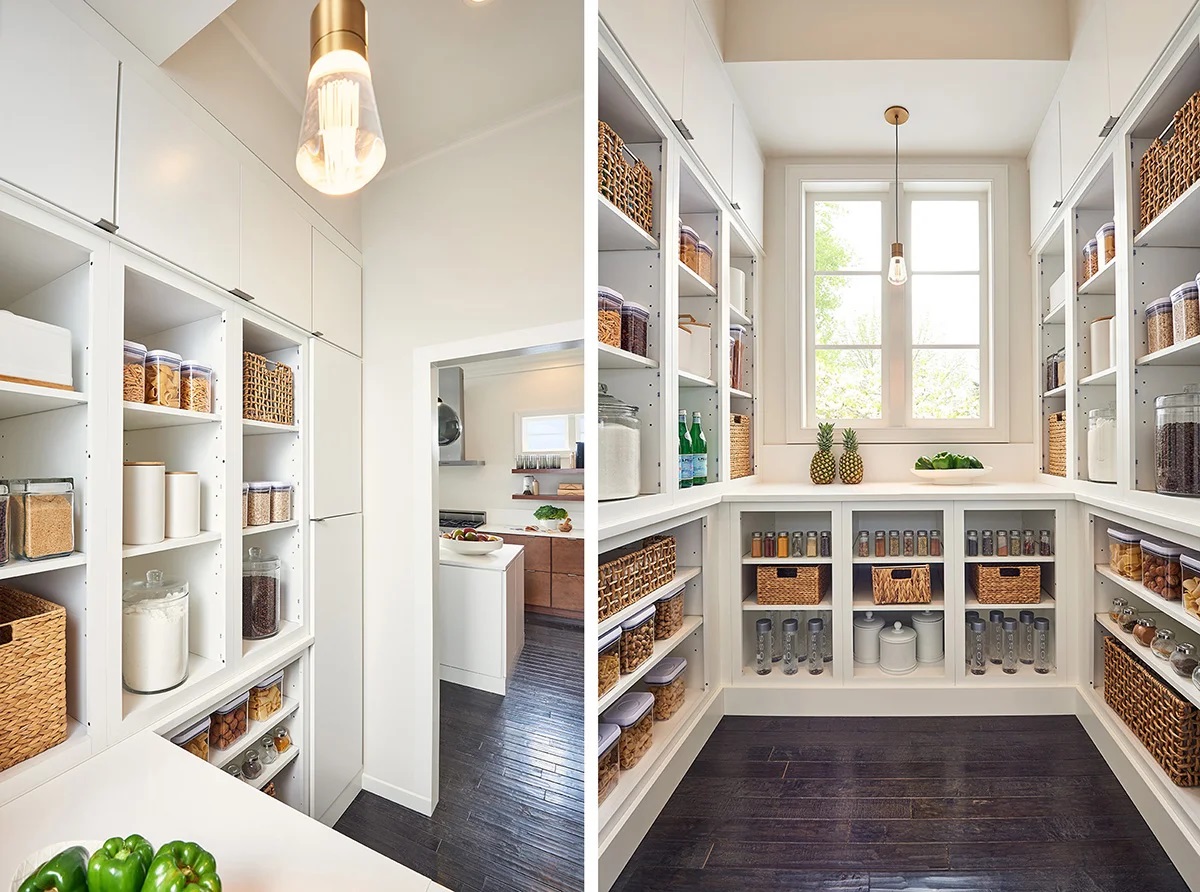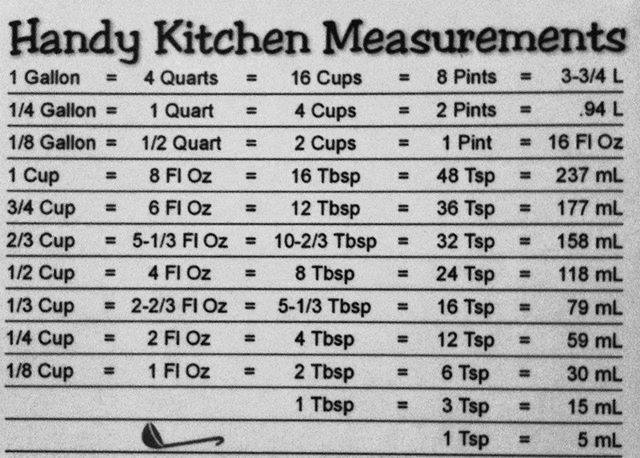Have you ever wondered why your grocery store stacks food on shelves that are seemingly miles from the floor? It’s not just for aesthetics or to make the aisles wider, but for a very real reason: keeping your food safe and unspoiled. Food storage height plays a critical role in protecting it from pests, moisture, and even improper temperatures, all of which can negatively impact its quality and safety.

Image: storables.com
This article delves into the essential guidelines for safe food storage height, discussing the scientific rationale behind these recommendations and exploring how these practices protect your health and your food. Whether you’re a home cook or a professional chef, understanding the importance of food storage height is paramount to ensure food safety and maintain a fresh and healthy kitchen environment.
Why Does Food Storage Height Matter?
Imagine a scenario where you’re making a delicious lasagna for dinner, but the pre-shredded mozzarella cheese you bought was stored right on the floor. This cheese has had constant exposure to potential contaminants like dust, dirt, and even animal droppings. Now imagine the same cheese stored at a relatively safe height. The risk of contamination is significantly lower, ensuring your lasagna is safe and delicious.
The primary reason food should be stored off the floor is to minimize contamination. Here are some key reasons:
- Pests: Pests like cockroaches, mice, and rats will readily visit anything on the floor, including your food. A higher elevation creates a physical barrier, making it less accessible to these unwanted guests.
- Moisture: The floor is often the most humid area in a kitchen or pantry, as it’s subject to spills, leaks, and general airborne moisture. Moisture can lead to spoilage and mold growth, particularly on perishable items like bread and cereal.
- Microorganisms: Bacteria, viruses, and other microorganisms thrive in warm, moist environments, and the floor can provide a breeding ground for them. Storing food off the floor prevents potential contamination.
Recommended Food Storage Heights
There’s no one-size-fits-all answer for food storage height, but general guidelines exist to ensure food safety and hygiene. These recommendations are based on common sense, scientific research, and public health standards.
Basements, Crawl Spaces, and Other Low-Lying Areas:
Storing food in basements or crawl spaces poses an elevated risk of contamination due to moisture and potential pest infestations. Keeping food off the floor entirely is crucial in these areas. Consider using shelves, racks, or cabinets that lift food at least 12 inches off the ground. Regularly inspect and clean these storage areas for signs of moisture or pest activity.

Image: fff-and-01food.weebly.com
Traditional Kitchens:
In traditional kitchens, a minimum storage height of 6 inches is recommended. This height keeps food out of reach of most pests and minimizes exposure to floor moisture and potential contaminants. However, to further improve sanitation, consider storing items like canned goods and dry cereals at a higher elevation, around 12 inches.
Refrigerators and Freezers:
Refrigerators and freezers are designed to maintain consistent temperatures for food preservation, but even within these appliances, the temperature can vary slightly. Storing food on the lowest shelves or directly on the bottom of the refrigerator can lead to temperature fluctuations and increased risk of spoilage.
To mitigate this, try not to overcrowd your refrigerators. Ensure proper airflow by leaving at least a few inches of space between food items and avoid placing food directly on the bottom of the refrigerator or freezer.
Food Storage and Temperature
The temperature at which food is stored plays a critical role in its safety and quality. Understanding the ideal temperature ranges for different types of food is essential for minimizing spoilage and maximizing shelf life.
- Refrigerator: The optimal temperature for a refrigerator is between 35°F and 40°F. At these temperatures, many bacteria that cause food spoilage are slowed down. Cold temperatures help prevent the growth of harmful microorganisms, prolonging the lifespan of your food.
- Freezer: A freezer should maintain a temperature of 0°F or below. This extremely cold temperature freezes water molecules, preventing bacterial growth and slowing down the decomposition process. This is why freezing is a reliable method for extending the shelf life of many foods.
- Pantry: A cool, dry pantry is ideal for storing dry goods like grains, beans, and pasta. Ideal pantry temperatures range from 50°F to 70°F. Keep in mind that humidity can be a factor, and a dehumidifier can be helpful in ensuring a dry environment.
Cleaning and Maintenance
Regular cleaning of your kitchen and pantry is vital, but the importance extends beyond just wiping down surfaces. Effective food storage hygiene requires addressing the potential contamination sources, which often involves focusing on areas that are difficult to clean effectively.
Here are some steps to maintain a clean and safe food storage environment:
- Clean Regularly: Sweep or vacuum the floor regularly, especially in corners and behind appliances where dirt and debris can accumulate. Wipe down shelves and cabinets with a mild disinfectant solution.
- Check for Pests: Inspect for any signs of pests, such as droppings, chew marks, or dead insects. If you find any evidence of pest activity, it’s crucial to address the infestation immediately. Contact a professional pest control service if needed.
- Store Food Tightly: Store all food in airtight containers to prevent cross-contamination and protect it from pests, dust, and moisture.
- Rotate Stock: Practice the First In, First Out (FIFO) method for all food items. This means using the oldest items first to reduce waste and minimize the risk of storing food beyond its expiration date.
How Many Inches From The Floor Should Food Be Stored
Conclusion
Storing food at a safe height off the floor is a simple yet crucial practice that significantly impacts food safety and hygiene. By understanding the risks of storing food directly on the floor and adhering to the recommended guidelines for storage height, you can minimize the chance of contamination from pests, moisture, and other potential hazards.
Always prioritize a clean and well-maintained kitchen environment, ensuring that food is properly stored at the recommended temperatures. By adopting these simple precautions, you can safeguard your family’s health and ensure that every meal is both delicious and safe.





